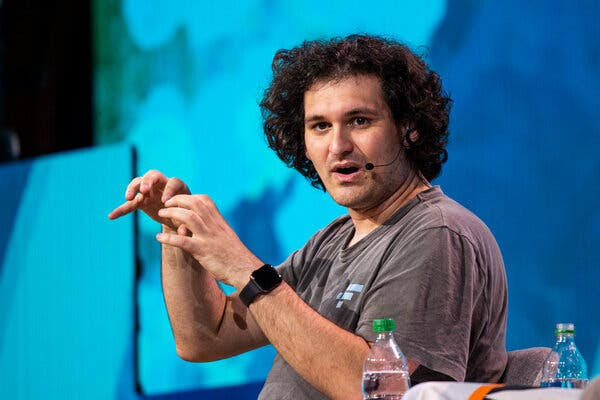In his biography of Sam Bankman-Fried titled “Going Infinite,” author Michael Lewis alleged that millions of dollars from the first tranche of cash acquired by Bankman-Fried almost went missing after trading firm Alameda Research launched in 2017.
Several investors that belong to the “Effective Altruism” community, a group of people who seek out the most effective ways to give to or support organisations in the community, contributed to Bankman-Fried’s almost $170 million fundraising effort.
SBF, who was 26 at the time, planned to use these funds to invest in the developing but underdeveloped cryptocurrency marketplaces, taking advantage of price discrepancies between exchanges and using high-frequency trading (HFT) tactics to pick up pennies every few seconds.
With Alameda losing millions of dollars in its first few months, the majority of these wagers were losers from the beginning. Lewis said that during one such month, it lost more than $500,000 every single day, while some trading money “simply vanished” as a result of bad fund management.
Another bot, Modelbot, that was designed to trade approximately 500 tokens on thirty exchanges initially failed to live up to expectations. It did not distinguish between more liquid crypto assets like bitcoin (BTC) and ether (ETH) and very thinly traded memecoins, which led early Alameda staff to worry that it might end up wiping out all of the funds raised.
After Gary Wang and Nishad Singh (both FTX directors who later pleaded guilty to fraud in the ongoing trial) joined the company, the tides finally turned.
Singh put the pieces together to manage the business, setting it on course to become what would eventually become the cryptocurrency exchange FTX, while Wang is credited with coding a quantitative trading system that allowed Alameda to start making money.


